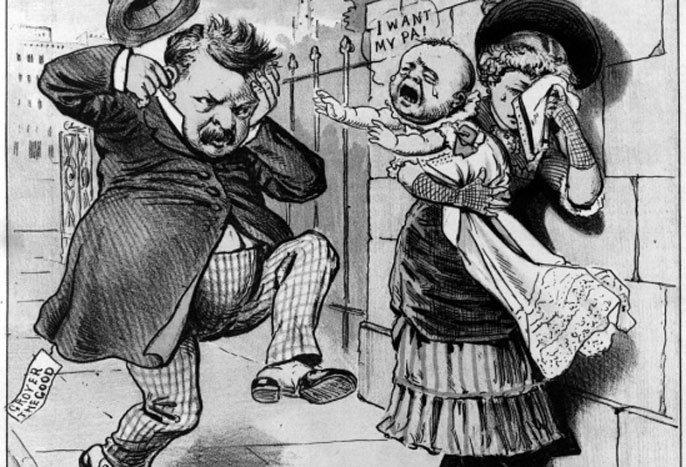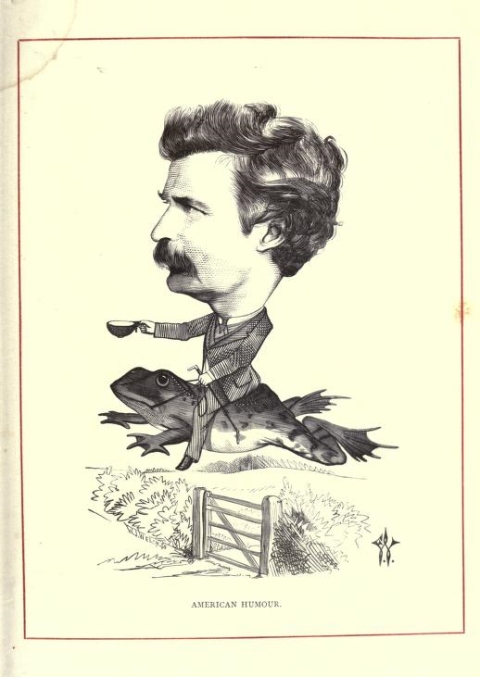Some artists are very good at photo realism. They create excellent mockups of real world scenery, taking into account both perspective and proportions. And yet somehow those same artists fail when it comes to creating recognizable portraits. Why is that? Because for facial recognition, proportions do not matter.

Don’t believe me? Then consider caricatures. Caricatures are famous for getting the proportions wrong while making the person recognizable.

But surely if an artist is good enough, he can create a recognizable face just by getting all the details right, including the perspective and the proportions? After all, photographers do. You would think that, but every drawing or painting has to leave some information out in order to recreate a part of our world in a limited number of strokes. Unless you actually focus on the things that are important to facial recognition — individual idiosyncracies of facial features — then you will fail to capture a recognizable face.
Our brain has an area that is dedicated to facial recognition. Software that tries to capture that same function has to rely on complex algorithms that go far beyond geometrical issues of proportions and perspective. People whose facial recognition center is damaged might perfectly describe a person they see and still not be able to recognize the individual. Knowing what you see and recognizing who you see are two different things.
If you are trying to paint a portrait that will be recognizable, don’t obsess over proportions. Try to make the person recognizable first, and worry about proportions later.

I am good at both proportions and face recognition. I have actually created several portraits that are likenesses of the people I drew and painted. I am sure you were not references me in this article, but I just felt like sharing this. I do think people with proportions can also perfect face recognition too. I never am quick to say one of the other. I also try to be supportive of everyone’s art.
Yes, there are many artists who are good at both getting the proportions correct and making the person recognizable, yourself included. My article was not meant to speak against getting the proportions right. That is a skill I aspire to. The point was that getting the proportions right helps to make the painting realistic, but it does not achieve the recognition goal. Face recognition is a very specialized skill whose underpinnings are housed in a certain part of our brains. If that area of the brain is damaged, then facial recognition cannot work, while the person so damaged can still accurately gauge proportions. Many beginning artists believe that if they get the proportions right, recognition will just automatically follow. That is not true, and this was the only point of the article. You can have recognition without correct proportions and conversely you can have correct proportions without recognition. AI models of face recognition are so complex that individual programmers working on this do not have an algorithm that works. Instead, they have relegated the coding to machine learning models that mimic what we do without formally defining our process.